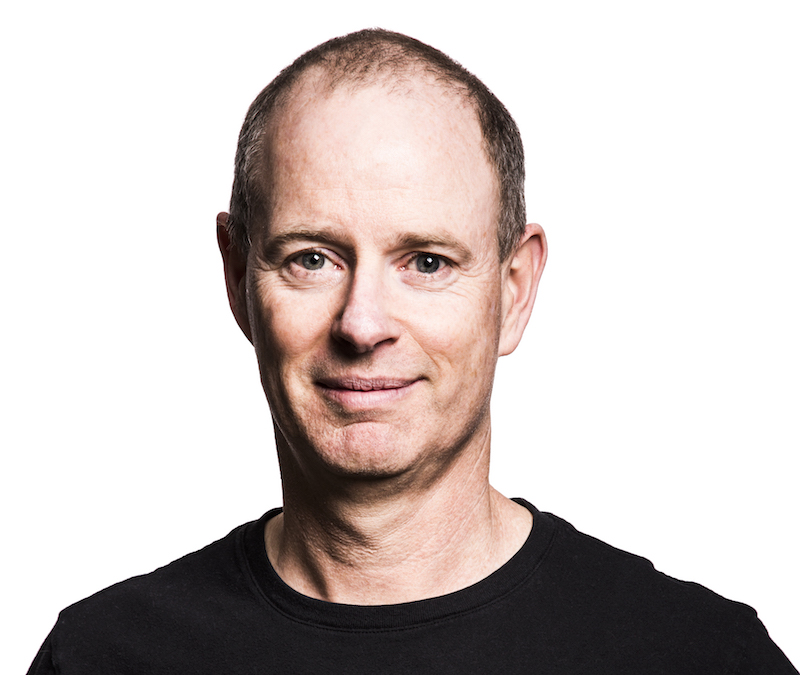Frank X. Shaw on Diversity, Disruption and 10 Years at Microsoft
By Dean Essner
September 2019
As corporate vice president of communications at Microsoft, Frank X. Shaw oversees the narrative and reputation of one of America’s most ubiquitous companies.
But when it comes to helping Microsoft evolve in a time of disruption, Shaw’s responsibility doesn’t stop at managing the messages that come from the C-suite. He also has to make sure the company’s staff of 130,000 is ready for change, too.
“If you’re going to be successful in reaching 130,000 employees, then you have to be consistent [with your messaging] and have the patience to stick with it,” he says.
In anticipation of his keynote address at PRSA’s 2019 International Conference in San Diego on Oct. 20-22, Shaw spoke with Strategies & Tactics about his multifaceted role at Microsoft and the skills and perspectives that inform the work he does every day.
How did your time in the Marine Corps prepare you for agency and corporate life?
There are two levels to it. There’s the leadership and management standpoint; at a relatively young age you are responsible for leading a group of people. Learning to be a leader and a manager was just stupendously helpful to me as I’ve gone throughout my career.
Then there’s the specific technical skills of media relations and internal communications. As a public affairs officer, you’re working to make sure that people understand the implications of the decisions that they’re making. And all those things come into play at an agency.
When I was 25 years old, I was working with reporters from The New York Times on stories that they were doing about the Marines or arranging a press tour for 150 journalists who would be traveling with a foreign dignitary. You get thrown into the deep end and you learn a lot from it.
What are Microsoft’s immediate plans for innovation and growth?
Our CEO Satya Nadella has been focused on what our mission is as a company, which is for every person and organization on the planet to achieve more. We’re creating a culture that supports the mission.
Our growth is 100 percent dependent upon the customers that we’ve worked with doing better. So, for us to get any customer of any size to work with us again the next year, they need to have gotten value from what we’ve provided them. That’s where our growth comes from: customers who are happy, effective and productive.
How has Microsoft adjusted its crisis approach to accommodate new privacy and user data issues, especially in the wake of the Cambridge Analytica/Facebook scandal?
Well, I don’t think we’ve had to shift our crisis approach. We’ve had a chance to experience challenges over the years.
If you see [crises like Cambridge Analytica] as a communications problem first, then you tend to make wrong decisions. If you look broadly across the challenges that the tech industry has faced, it feels like a lot of them are because companies have done the wrong things, not that they’ve communicated about it poorly.
We want to make sure that we’re doing, and not just saying, the right things.
A recent report on Microsoft’s diversity numbers last year showed progress in representation of women and minorities in technical and leadership roles. How are you working to continue this trend?
We’ve taken several steps over the last couple of years to improve representation, diversity and inclusion at the company. And the challenge for any big company, or any industry, is that it’s not a single-step process. You really have to be committed to it over a period of time.
What we’ve done is made sure that we are looking broadly for candidates with different experiences and backgrounds. You expand the pipeline of talent and then you hire the best people from that pipeline.
You also have to make sure that you’ve created a culture that welcomes people regardless of where they come from and what their life experiences are. If you do a great job of hiring people and then they find the culture isn’t right for them, they’ll leave and you’re not any better off than you were before.
Internal communications can be challenging at large companies. What are some of Microsoft’s strategies for getting everyone, from the executive to the employee level, on the same page, especially during a period of transition?
It starts with consistency. We have 130,000 employees. There is no single switch that you can flip that has everybody hearing the same thing at the same time and believing it.
This starts with the senior leaders of the company being consistent in what they say and do. Then, you need to have the right communications. Find ways of celebrating the successes. Highlight people who are doing well. Create events that let the culture come to life. And then you can get there.
What advice do you have for enterprising PR pros looking to get ahead in a time of disruption?
If you’re going to be successful in the art of communications today, you have to make sure that you deeply understand the art of storytelling and be able to tell a great story, directly and through others. And that means you have to find the story.
The story you end up telling, and how you tell it, will continue to evolve. Maybe you’ll tell it through social media. Maybe there’s a comic or a graphic or a short-form video. But getting that story right is absolutely essential.
August marks your 10th year at Microsoft. What accomplishment, to date, are you most proud of?
I feel best about the culture on Microsoft’s communications team. I love that the team is deeply invested in experimentation and trying new things because what helped us be successful two years ago isn’t what’s going to help us be successful two years into the future.



